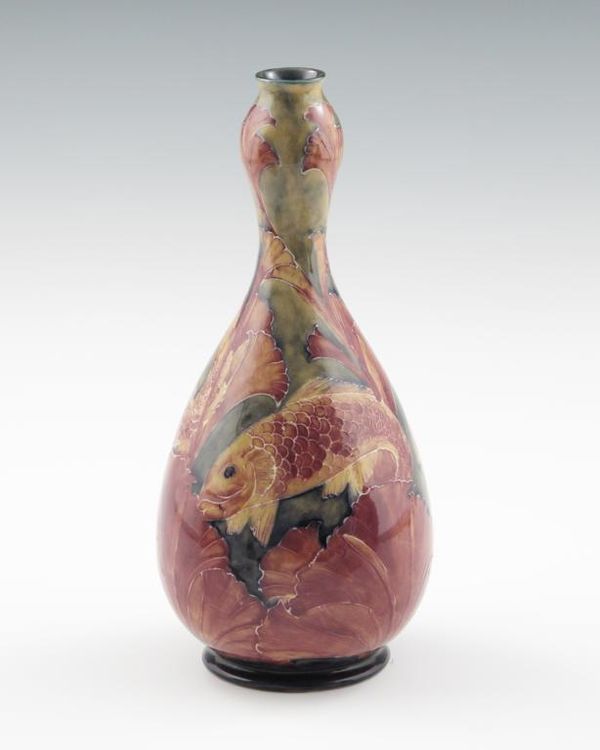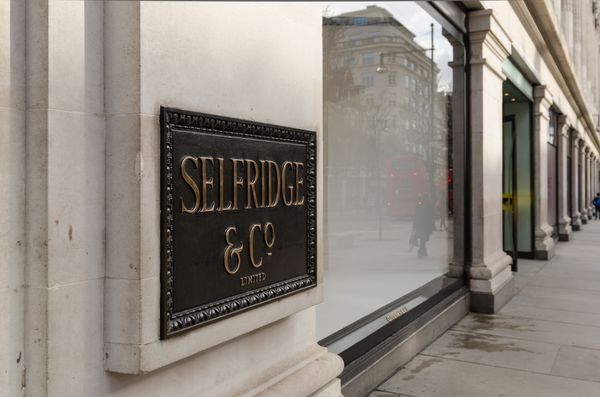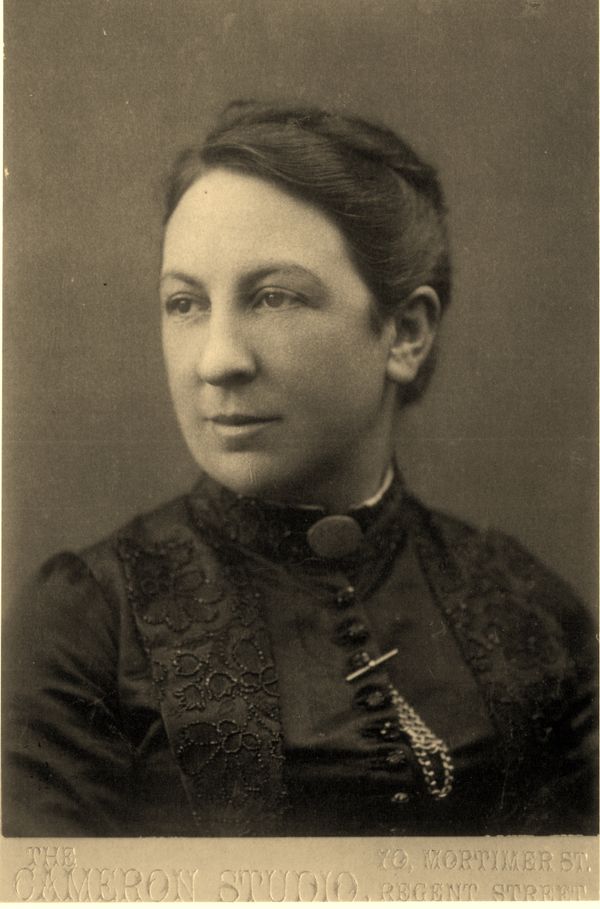On 'Waltzing Through Europe: Attitudes towards Couple Dances in the Long Nineteenth Century'
by Emma Frost.
Waltzing Through Europe: Attitudes towards Couple Dances in the Long Nineteenth Century – the brainchild of an international group of ethnochoreology scholars and dance historians belonging to the International Council on Traditional Music’s Study Group on Ethnochoreology – is an impressive, far-reaching and expertly crafted resource for those with a keen interest in the history of dance. This text explores the European phenomenon of rotating couple dances, which – for much of the nineteenth century – were collectively known as round dances. Launched in 2002 in Hungary, the project skilfully focuses on the social, historical and choreological history of round dances within Europe, featuring a plethora of country-specific case studies that offer extraordinary insight into these themes.
Ambitious in its aims, the book attempts to analyse and classify round dance movement patterns (including musical parameters), explore the material of the dancing masters, and discuss the existing political, ideological and socio-cultural discourses on round dances. Innovative in its formatting, the book utilises scannable QR codes to embed visual and audio material within the fabric of the text – such as videos of dance performances – and further includes a multitude of dance-focused artwork for the reader’s immediate benefit. The unique inclusion of these materials provides some excellent perspective and strengthens the reader’s grasp on the discussions at hand.
Particularly fascinating is the sharp examination of the links between nationalism and dancing that feature in multiple chapters of the book. Throughout history, nations have embraced dances as symbols of national identity or otherwise have outright rejected them as emblems of unwanted foreign influence. When the Waltz was introduced to Slovenia at the end of the eighteenth century, it was initially considered immoral in towns and cities, representing an appealingly modern dance whose German roots associated it with the ethnic issues of the time, and the struggle for the cultural and political autonomy of the Slovenian people. Yet after the introduction of the African-influenced Tango, the Waltz was consciously refashioned as a traditional, elegant and moral dance more in line with (perceived) Slovenian values. When faced with such intriguing historical examples, the reader is encouraged to ponder on the often-overlooked position of dance in intersectional discussions of race and cross-cultural interactions.
Interesting, too, is the unsettled debate over the origin of the Polka dance, which the Czech Republic, France and Poland each claim as their own. In the 1830s, the Polka became a Czech symbol of patriotism in small rural towns as well as a demonstration of a newly developing town society with democratic principles. Never attempting to resolve this dispute, the book instead asks: What makes a dance ‘Czech’? Why would a nation seek to claim a dance? And, most importantly, how do dances become entwined with notions of nationality in the first place?
Finally, Waltzing Through Europe perceptively touches on the connection between dancing, ‘folk devils’ – a thing held to be a bad influence on society – and ‘moral panic’. In his chapter ‘Dance and “Folk Devils”’, Mats Nilsson expands on British sociologist Stanley Cohen’s work, suggesting that society’s negative responses to certain round dances – which placed male and female bodies in close contact with one another – were a direct result of this panic. He draws on evidence from contemporary newspapers that described the Waltz as a ‘dance deserving persecution’ and a ‘dance of sensuality’, a dance which would cause ‘certain damnation for the Christian soul’. New dances, especially when danced by young people, tend to be perceived as a negative and even evil influence by elder members of society. The forty-year ban placed on dancing by the Norwegian Liberal Youth Movement from 1917–1957 is one such example within the book that demonstrates how social reactions create folk devils out of new dance forms, which appear to symbolise the internal collapse of a society.
Dance histories have, to a large extent, been written on the basis of material from the large, prestigious centres of Europe, written in the dominant languages. The contributions in this book present sources from a much larger selection of languages, and thus the book broadens perspectives on how round dances were received throughout other, often overlooked parts of Europe. Undoubtedly a significant and fascinating contribution to the discipline of dance history, Waltzing Through Europe can be enjoyed by those interested in the history of dance and those who are specifically captivated by round dances themselves.
'Waltzing Through Europe: Attitudes towards Couple Dances in the Long Nineteenth Century' by Egil Bakka, Theresa Jill Buckland, Helena Saarikoski and Anne von Bibra Wharton (eds) is now available to read & download for free here.
Image: People Dancing The Cotillion by Mary Evans Picture Library.



